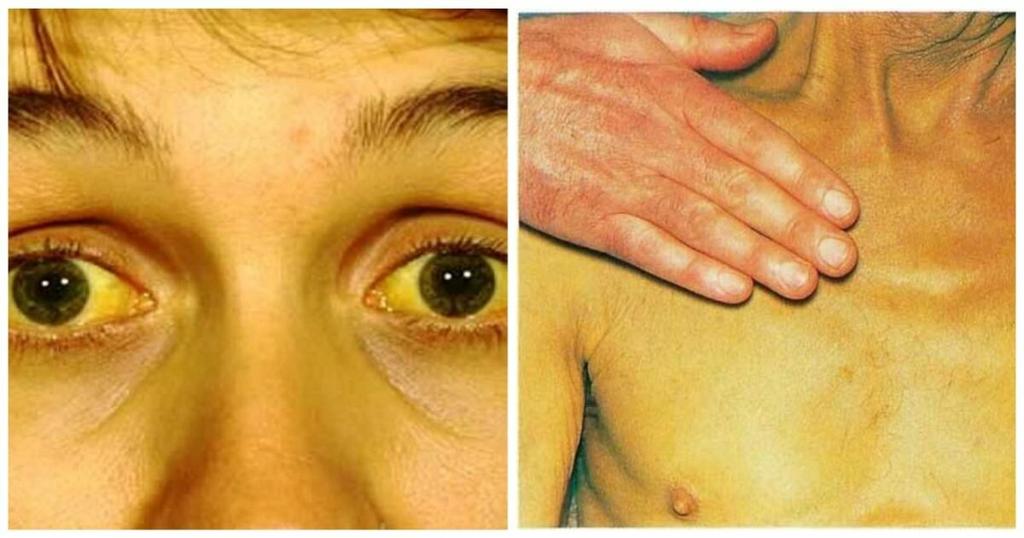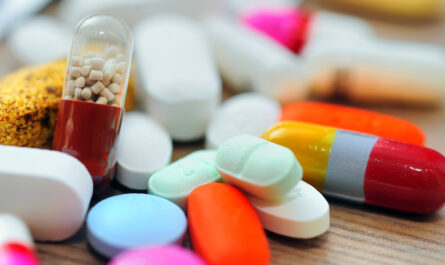The jaundice meter market has witnessed significant growth over the past few years owing to the growing prevalence of neonatal jaundice. Jaundice meters are devices used to detect and monitor bilirubin levels in the blood and are crucial for diagnosing and treating neonatal jaundice, a condition very common in newborn babies. The devices use non-invasive technologies like transcutaneous bilirubinometry to measure bilirubin levels through skin instead of drawing blood samples. This helps clinicians easily and frequently check bilirubin levels in newborns to prevent severe hyperbilirubinemia and related complications.
The global jaundice meter market is estimated to be valued at US$ 107.24 million in 2024 and is expected to exhibit a CAGR of 4.6% over the forecast period 2024-2030.
Key Takeaways:
Key players operating in the jaundice meter market are Aegis Medicals, Refine Medical Technology, Delta Medical International, Micro Lab, M&B, Dräger, Xuzhou Kejian Hi-tech, Natus Medical.
The market is expected to witness growing demand for advanced jaundice meters integrated with digital technologies like Internet of Things that enable wireless connectivity. This allows real-time data tracking of infants in the NICU from a distance.
The Jaundice Meter Market is also witnessing increasing expansion across developing regions like Asia Pacific and Latin America driven by improving healthcare infrastructure, growing awareness about neonatal jaundice, and rising patient pools. China, India, Brazil are among the high growth potential markets.
Market Drivers:
The key driver fueling the growth of the jaundice meter market is the growing prevalence of neonatal jaundice. As per WHO, nearly 60% of newborns develop jaundice worldwide, making it a very common condition. Timely diagnosis and accurate bilirubin measurement are crucial in managing the condition. This is increasing the demand for jaundice meters across hospitals and clinics.
PEST Analysis
Political: The jaundice meter market is regulated by various government bodies that ensure the safety and efficacy of jaundice meters. Regulations may impact the approval and adoption of new products.
Economic: Changes in the economic conditions of key markets can influence the spending capacity of hospitals and diagnostic centers, thereby affecting demand. Government investments to strengthen healthcare infrastructure would boost market growth.
Social: Rising awareness about neonatal and adult jaundice screening among parents and population is driving early diagnosis. Social campaigns help in increasing screening rates.
Technological: Advancements in sensor technologies, integrated circuits, and connectivity solutions enable development of portable, non-invasive jaundice meters with improved accuracy and connectivity features. Integration of AI and IoT enhances product functionality.
The North American region holds the largest share of the jaundice meter market in terms of value owing to developed healthcare infrastructure, strong reimbursement policies, and high adoption of advanced diagnostics. The Asia Pacific region is expected to show the fastest growth during the forecast period driven by rising healthcare spending, increasing patient pool, and growing awareness about neonatal jaundice screening in densely populated countries like India and China.
In terms of value, hospitals currently account for the largest share of the jaundice meter market owing to heavy patient footfalls, availability of advanced diagnostic equipment, and skilled professionals. However, the market is witnessing a shift towards ambulatory surgical centers and diagnostics centers due to the preference for outpatient care and availability of more affordable testing options.



